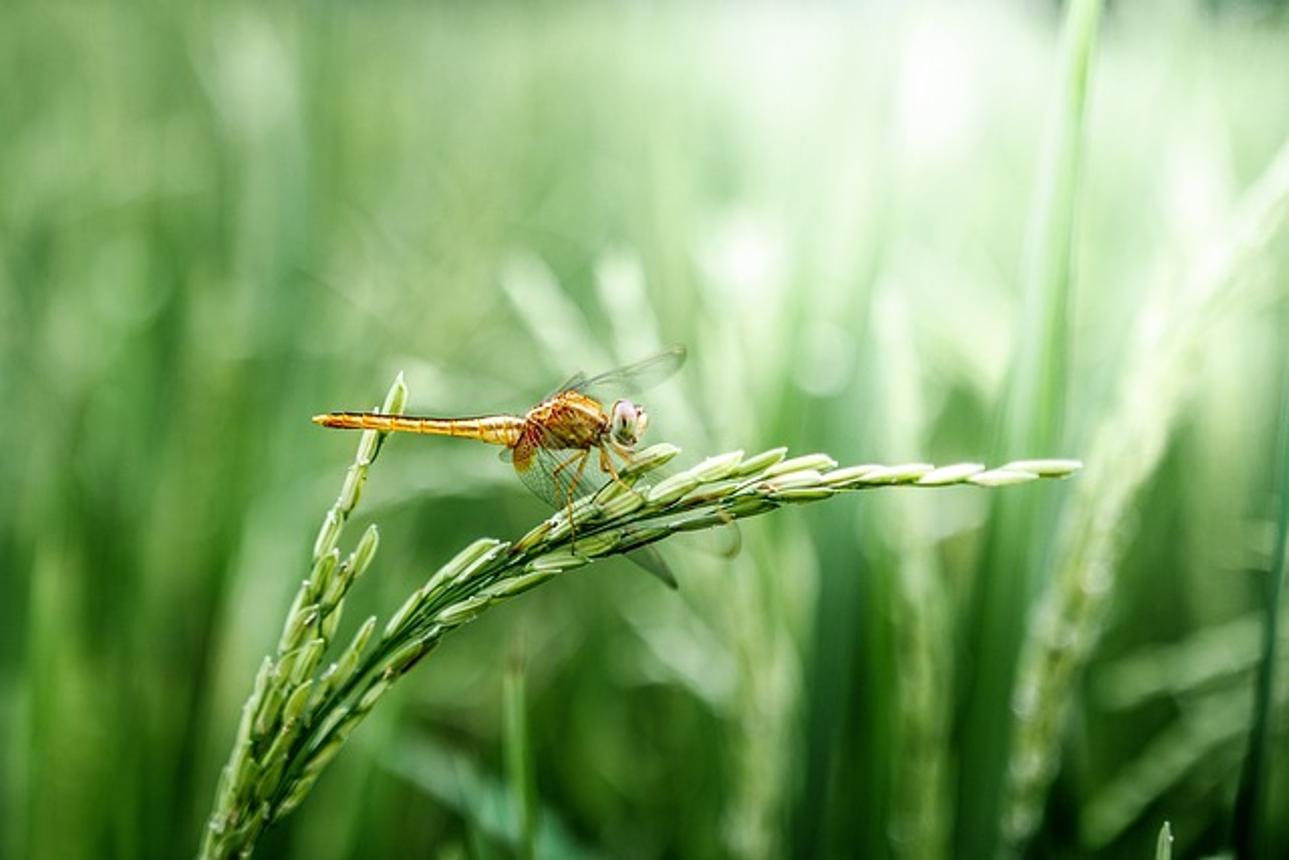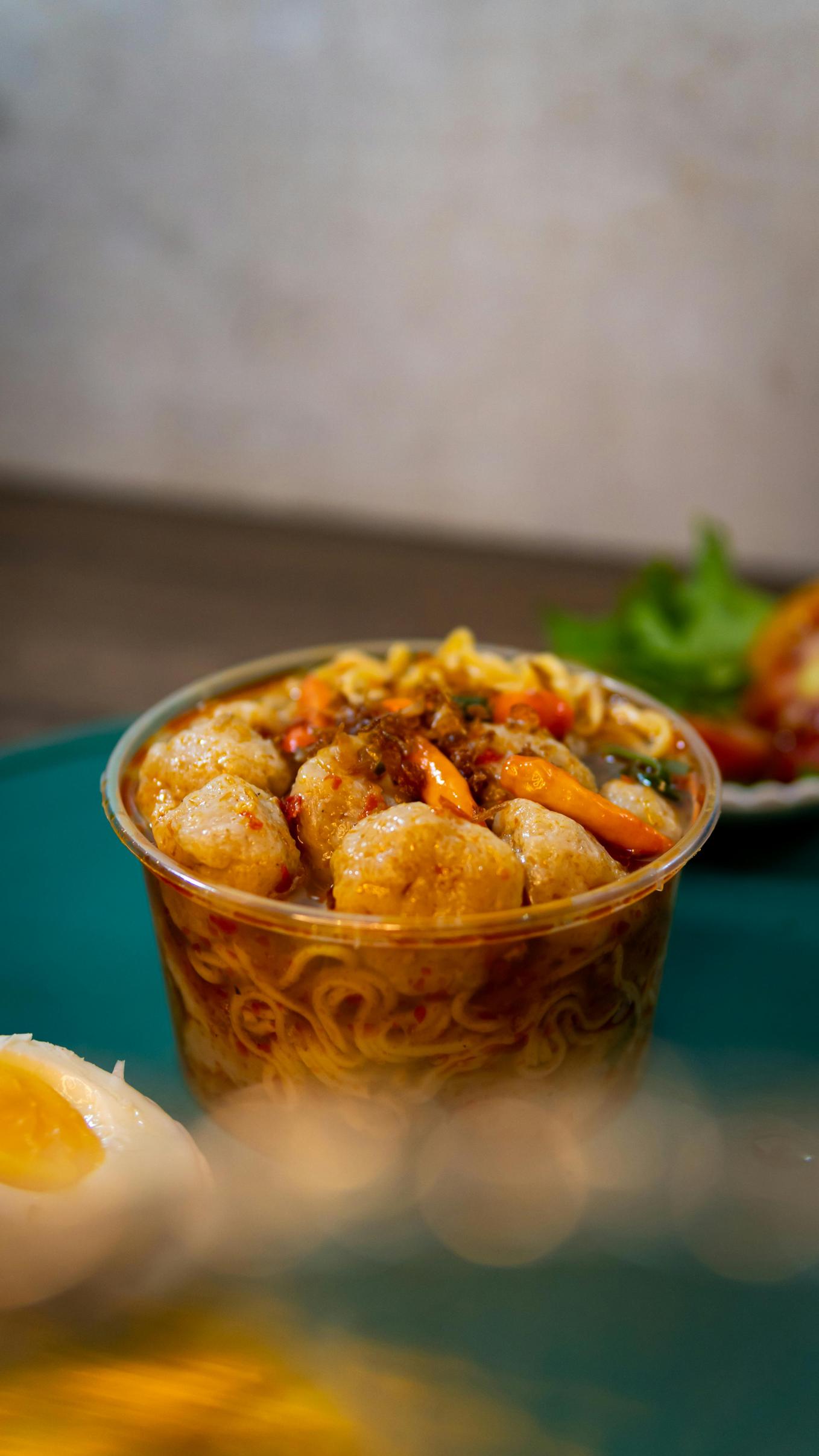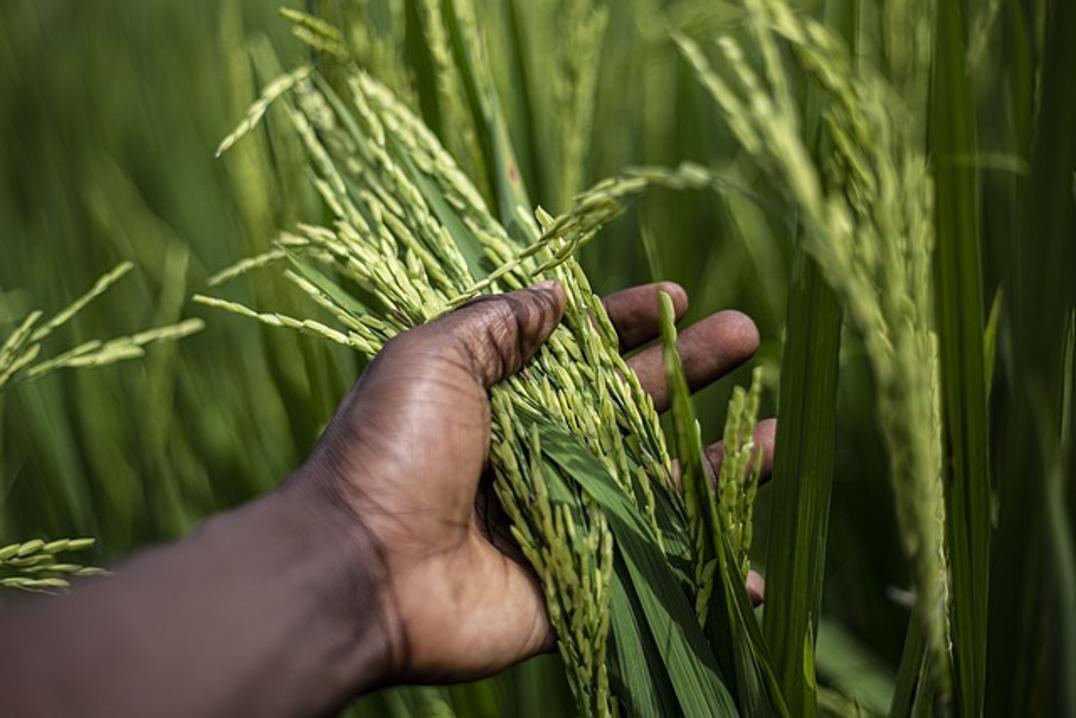How to Boil Rice in a Rice Cooker
Introduction
Boiling rice in a rice cooker takes the guesswork out of preparing this staple dish. Whether you’re a novice cook or someone looking to streamline your cooking process, using a rice cooker simplifies the task and ensures perfect results every time. Here, we’ll break down each step, from selecting the right type of rice to troubleshooting common issues, ensuring you have a comprehensive guide at your fingertips.

Selecting the Right Rice
The type of rice you choose significantly impacts the final result. Different rice varieties require different handling and cook times.
- Long Grain Rice: Ideal for fluffy, separate grains. Examples include basmati and jasmine rice.
- Short Grain Rice: Stickier and clumpier, perfect for dishes like sushi or pudding.
- Brown Rice: Offers a nutty flavor and chewy texture but requires more water and a longer cook time.
- Wild Rice: Not true rice but delicious and nutritious; it also needs extra water and time.
Choosing the right type ensures you achieve the texture and flavor you desire. Always check the packaging for specific cooking instructions and adapt as necessary.

Preparing the Rice
Preparing the rice correctly is crucial for achieving the perfect texture.
- Rinse the Rice: Place the rice in a fine mesh strainer and rinse under cold running water until the water runs clear. This step removes excess starch, which can make your rice gummy.
- Soak if Needed: Some types of rice, like basmati or sushi rice, benefit from soaking. Soak the rice in cold water for about 30 minutes, then drain thoroughly.
- Dry the Rice: Ensure the rice is well-drained and slightly dry before adding it to the rice cooker. This helps in achieving the desired consistency.
These steps are essential for removing impurities and excess starch, setting the stage for perfectly cooked rice.
Measuring Your Ingredients
Accurate measurements lead to consistent results.
- Measure the Rice: Use the measuring cup that comes with your rice cooker. Typically, 1 cup of uncooked rice will yield enough for 2-3 servings.
- Water-to-Rice Ratio: The general rule is 1:1 for white rice varieties (e.g., jasmine or basmati). For brown rice, use a ratio of 1:1.5 or 1:2, depending on how soft you like your rice.
Correct measurements ensure that the rice cooks evenly and has the right texture.
Cooking the Rice
With your rice and water measured, you’re ready to start cooking.
- Add Rice and Water to Cooker: Place the rinsed, measured rice in the cooker, then add the correct amount of water.
- Add Optional Seasonings: Optional but recommended for added flavor. Consider a pinch of salt, a dash of oil, or a bay leaf for aroma.
- Turn on the Rice Cooker: Set the cooker according to the manufacturer’s instructions. Most models have specific settings for different rice types.
- Let it Cook: Once started, avoid lifting the lid to check on the rice. This can release steam and affect the cooking process.
- Wait for the Cooker to Indicate Completion: Modern rice cookers will automatically switch to ‘keep warm’ when the cooking process is done.
Allowing the rice cooker to perform its function without interruption ensures that the rice cooks evenly and thoroughly.

Post-Cooking Steps
When the cooker indicates that the rice is done, follow these steps.
- Let it Sit: Allow the rice to sit, covered, in the cooker for about 10 minutes to absorb any remaining water.
- Fluff the Rice: Use a rice paddle or fork to gently fluff the rice. This separates the grains and releases any excess steam.
- Serve: Transfer the rice to a serving dish or keep it warm in the cooker until ready to serve.
These post-cooking steps ensure that your rice retains its texture and flavor.
Tips for Perfect Rice Every Time
Perfect rice every time is achievable with these additional tips.
- Consistent Water-to-Rice Ratio: Stick to the recommended ratios for your rice type.
- Quality of Water: Using filtered water can improve the rice’s taste.
- Avoid Overcrowding: Don’t overload the rice cooker. Cook in batches if needed.
- Experiment with Add-ins: Try adding spices, herbs, or broth instead of water for a flavor boost.
These tips help ensure that each batch of rice meets your expectations.
Troubleshooting Common Issues
Even with the best practices, issues can arise. Here’s how to troubleshoot common problems:
- Rice Too Mushy: Reduce the water next time or check if you used the correct water-to-rice ratio.
- Rice Undercooked: Add a small amount of water and let it cook a little longer.
- Rice Sticking to Bottom: Ensure the rice is well-rinsed and consider adding a few drops of oil to the water.
Identifying and solving these issues ensures that your rice is perfect for every meal.
Conclusion
Boiling rice in a rice cooker is a straightforward process that guarantees perfect results with proper preparation, measurement, and a little patience. Following this comprehensive guide, you’ll be able to serve ideal rice every time, making your meals more enjoyable and satisfying.
Frequently Asked Questions
Can I cook brown rice in a rice cooker?
Yes, you can cook brown rice in a rice cooker. Use a ratio of 1 cup of brown rice to 1.5-2 cups of water, and expect a longer cooking time compared to white rice.
What is the correct water-to-rice ratio?
For white rice, the ratio is generally 1:1. For brown rice, it’s 1:1.5 or 1:2. Always refer to your rice cooker’s guidelines and specific rice type for best results.
How do I prevent rice from sticking to the bottom?
Ensure that the rice is well-rinsed before cooking. Adding a few drops of oil or butter to the water can also help prevent sticking. Additionally, using non-stick rice cookers can make a significant difference.
